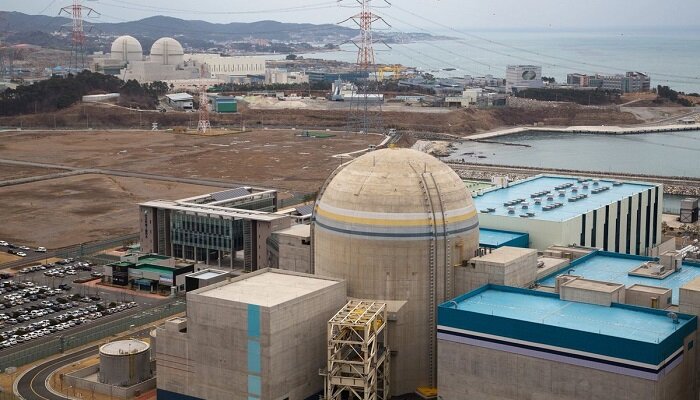In the most recent reorganisation of the power mix, the South Korean administration led by President Yoon Suk-yeol will advocate for more nuclear energy and slow down renewables to provide a reliable electricity supply and reduce CO2 emissions by 2036.
The 10th Basic Plan for Long-Term Electricity Supply and Demand, which was published the week ending January 14 by the Ministry for Trade, Industry, and Energy (MOTIE), sets the percentage of renewable energy in overall power output at 21.6% in 2030 and 30.6% in 2036.
The 2030 Nationally Determined Contribution (NDC) plan, which was released last year, set a proportion of renewable energy for the end of the decade at 30.2%. However, MOTIE emphasised that, compared to the 9th Power Plan, where this share was set at 20.8%, its plan boosts the proportion of renewables by 2030.
However, that plan, created by the Moon Jae-in administration in 2020, also increased the capacity of renewable sources to 40% in 2034 and devalued nuclear power as part of a planned phase-out.
The revised plan sets generating share goals for nuclear energy at 32.4% in 2030 and 34.6% in 2036. Every two to four years, MOTIE publishes energy plans as a roadmap outlining which power sources will be given priority throughout that planning period. The most recent plan takes into account a steady decrease in the generation of fossil fuels, but the combined proportion of coal and LNG is still planned for close to 43% in 2030 and nearly 24% in 2036.
RE100 pledges will be difficult to keep
Solutions for Our Climate (SFOC), a Seoul-based advocacy group, has cautioned that the new long-term plan puts corporate promises to 100% renewable energy by South Korean corporations under the RE100 project in jeopardy.
According to Joojin Kim, executive director of SFOC, the 10th electricity plan is representative of the Korean government’s policy towards renewables: strict and limiting. The government is restricting the growth of renewable energy companies, which is a significant red flag.
MOTIE disputes this conclusion, claiming that its renewable’s objective will be able to both meet domestic enterprises’ demand for RE100 and absorb additional RE100 subscribers in the future.
According to a translation provided to Renewables Now by SFOC’s communications officer Euijin Kim, MOTIE stated that they plan to continue broadening the supply of renewable energy for businesses to seamlessly enact RE100 in the long term, while proceeding to enforce steps to encourage private companies’ financing in the renewable energy sector.
However, many of Korea’s RE100 enterprises are already slipping behind on their obligations. Based on the present electricity plan, it is uncertain how the RE100 demand would be satisfied. When the RE100 group urged MOTIE to increase its renewables target in the then-announced draught 10th plan in November 2022, 28 Korean enterprises were among its members.
Target for renewables to decrease with RPS ratio
MOTIE will work to lower the Renewable Portfolio Standard requirements for Korea’s power providers under a new amendment that is currently undergoing public consultation (RPS).
The RPS ratio was originally scheduled to rise progressively to 25% in 2026 from its initial setting of 14.5% for 2023. The new regulations will reduce the RPS ratio to 13% in 2023 and subsequently raise it to 15% in 2026 and 25% in 2030 while taking into consideration the 21.6% renewable energy objective for that year.
Green New Deal won’t proceed
The implementation of Korea’s Green New Deal, a plan developed under former president Moon in 2020 in response to environmental and economic issues brought on by the COVID-19 outbreak, also appears to have been put on hold by the Yoon administration. Since there has been a change in administration, they may conclude that the Green New Deal is now essentially non-existent, according to Euijin Kim.
Yoon’s current administration has placed a strong emphasis on energy security, perhaps as a result of the conflict in Ukraine. But rather than attempting to quickly develop domestically produced renewable energy, the nation still intends to rely on fossil fuels in 2030, which are virtually entirely imported from abroad, she added.




































